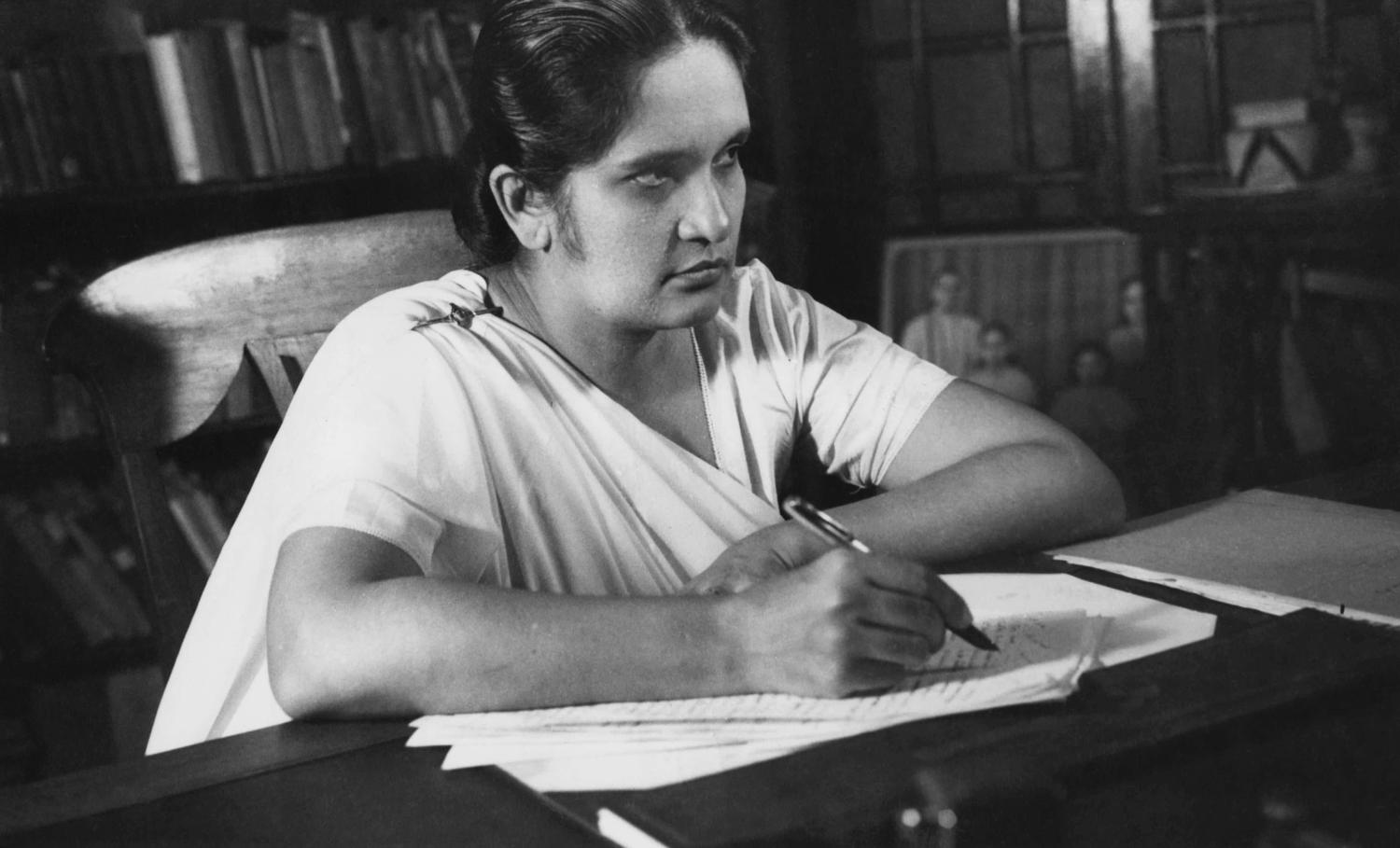The first woman to become a prime minister was appointed in Sri Lanka in 1960. One might have expected this to pave the way for generations of Sri Lankan women to pursue careers in politics. It did not.
Sri Lanka is now ranked 180th in the world for women’s participation in political systems, with less than 2% representation in local office and less than 6% at the parliamentary level.
Without undermining the achievement of Sirimavo Bandaranaike in 1960, as the widow of Prime Minister S. W. R. D. Bandaranaike she had a ready-made passage into politics. London’s Evening News notoriously remarked at the time, “Presumably, we shall have to call her a Stateswoman”. Many years later, their daughter Chandrika Bandaranaike Kumaratunga continued the family tradition by becoming president. Thus, Sri Lanka’s early achievement says more about the power of political dynasties than the accessibility of political processes to women.
Fortunately, Sri Lanka has recognised that something needs to be done, and is taking action. Earlier this year, an amendment to the electoral law was applied in local elections requiring 25% of all seats to be reserved for women. A record number of women contested those elections, and the policy may be extended to the parliamentary system.
Last month at Asialink I had the pleasure of hosting a Department of Foreign Affairs and Trade–organised delegation of women from Sri Lanka who hold high political office as ministers or cabinet ministers. As part of a roundtable discussion, I was exposed to the specific challenges these women face as minorities in their overwhelmingly male-dominated political contexts.
The delegation’s remarks made a real impact on me, as a politically active woman with a daughter. Many described not having female role models when they started their political careers. Multiple members of the delegation reported experiencing harassment by the media. Many had to deal with the complicated balancing act of starting families while pursuing their political aspirations, or being forced to put them on hold. Many spoke of the immense challenges of leaving their home country to complete foreign assignments.
Politics requires time, it requires a thick skin, and it requires incredible commitment. But whether you’re in Sri Lanka or Australia, it also requires navigating a male-dominated environment.
Australia ranks 49th internationally for women’s participation in politics: 28% of lower house members and 40% of senators in Australia are women. Both major parties have set targets for 50:50 representation by 2025, with mixed progress.
But it’s one thing to have women enter the political landscape, and another for them to excel there. The women at our roundtable said that so much of the critical action in politics happens at bars over drinks, or at restaurants, or late into the night on the phone. Women can certainly find their way into these environments, but they have to fight the high likelihood of being seen as overly ambitious or neglectful of their family.
In Australia, studies have demonstrated that female political leaders “must display high competence and ambition in traditionally masculine domains while maintaining sufficient femininity so as not to be disliked”. This is evidently a tough line to tread.
Elected women also must fight for a fair go among constituents. Recent research on women’s political representation in local councils in India showed that villagers perceived hypothetical female leaders as less effective than their male counterparts, even when the stated performance was identical or greater.
In my view, the answer is not as simple as targets or quotas. I applaud the initiative of Sri Lanka, but I believe we need to think more deeply about how we view women, what we expect from them, and how we can start to fill the pipeline of women in politics.
First, research tells us that exposure is critical to eliminating negative bias in the perceptions of women’s capabilities as leaders. More positive profiling of women in office will result in more positive perceptions of women in political leadership. We also need to accept that this change in perception takes time.
Second, we should look to other sectors that have achieved some success at increasing women’s representation in senior leadership. The private sector is in many ways leading the way on this issue, and we’d be well served by seriously considering some of their initiatives, such as male champions for change.
Third, we all need to be brave and accept that this period of disruption will inevitably be uncomfortable. Women need to be willing to walk the tightrope between their multiple roles, and between femininity and masculinity. And men are required to think harder about how they encourage the competent women in grass-roots politics.
Stakes are high in the political realm. But the very robustness of our democracy comes from our ability to question who is representative of us. Let’s think hard about what that means.

